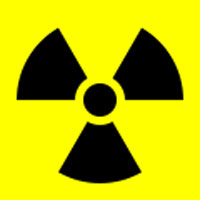Radon: An Invisible Menace
The cold winter weather traps many of us inside our homes till the first sign of spring. And being inside all that time may lead you to wonder about the quality of your indoor air.
In Canada, radon gas is something of a concern. In 2014, the CBC obtained data that showed over 1,500 homes had radon levels above Health Canada’s safety guidelines following a testing of approximately 14,000 homes across the country.
Radon is the second-leading cause of lung cancer after smoking. It’s estimated that radon is responsible for 3,000 deaths in Canada each year.
Radon is a radioactive gas created in nature that seeps into poorly ventilated basements and crawl spaces. Radon is created by decaying uranium found in soil, rock and water. Because these three elements are found in the ground, they are more likely to leach into their first point of contact which would be cellars and crawl spaces. Radon filters into a home through cracks in the foundation and gaps around pipes.
The scary thing about radon is that it’s invisible, odourless and tasteless. The only way to know for sure if you have it is to do a DIY test or call in a professional at your own expense.
According to the CBC, recommendations that the government help fund homeowners in need of testing and cleaning up their radon issue have not been addressed. Nor has a recommendation that homes undergo mandatory tests for radon levels as a condition of sale, as is the case in several American states.
Radon gas levels are measured in units known as the Becquerel (Bq). One Becquerel is described as one event of radiation emission per second and it is minute.

The old Canadian standard considered 800 Bq per cubic metre to be a safe standard. But ten years ago following a push to tighten guidelines the federal government changed its standard to 200 Bq per cubic metre, the same level considered safe by Russia and China. The U.S. pegs its safe level at 150.
For more information or to learn more about testing for radon visit Health Canada.